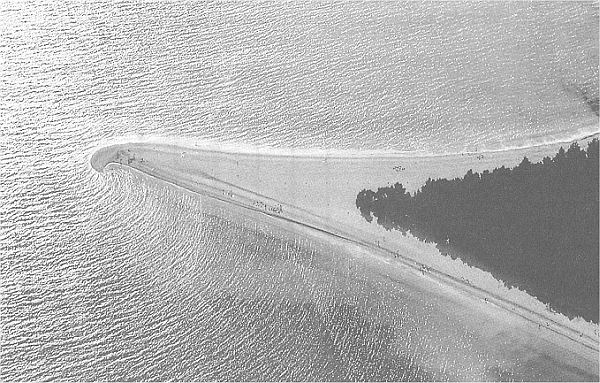|
Radio propagation is the study of how radio waves travel from a transmitter site to a receiver site through the atmosphere. Radio signals are affected by terrain elevation between the sites, and obstructions, including trees, buildings, etc., that may be in between the two sites. Radio signals are also affected by atmospheric and other weather-related conditions. Radio propagation and coverage have their language, like any other speciality.
Propagation Modes
Line of sight is simply that – if the distant site is visible from the transmitter antenna location on the tower, it is considered within the coverage area. This is referred to as “optical line of sight coverage”. The optical line of sight method does not take into account reflections, Fresnel Zones or the slight bending of radio waves along the surface of the Earth.
Radio path loss between 2 sights that are within line of sight uses “free space loss” only. No other loss parameters are considered.
We all know that radio waves travel in straight lines. The early mathematics of radio propagation considered that radio and light were essentially the same and travelled in the same manner. If a distant site could be seen optically, radio communication was possible. Therefore, there is an option to show line of sight coverage.
‘K’ factor
It was discovered by the British during early radar research (at really high frequencies, around 300 MHz in the late 1930s) and later by AT&T at Bell Laboratories, that radio waves travel a little further and bend with the surface
of the Earth. The bending is proportional to frequency. The higher the frequency, the less the bending.
VHF radio systems have better coverage than UHF systems due to the better bending of VHF frequencies.
After some extensive analysis of propagation, it was determined that if the diameter of the Earth is increased by approximately 1.33 or 4/3, radio waves do travel in straight lines over this “larger” Earth. The 4/3 earth radius is called the ‘K’ factor and continually shows up in radio path design and propagation theory.
The ‘K’ factor is the difference between performing radio propagation studies as line-of-sight paths and actual radio paths. It is also worth noting that ‘K’ is another of the variables that changes with atmospheric conditions. The typical value of K is 4/3. However, it can range anywhere from about 2/3 to up as high as 10. These ranges do not occur often; however, they can and have occurred on microwave test ranges.
Propagation Loss
2 signal losses add together as the atmospheric and distance loss between a transmitter and receiver site. Both can be calculated between the transmitter and receiver sites.
Free Space loss
Free Space loss is the loss due to the distance between sites. It does not take into account obstructions. It assumes that the sites are completely in the clear, hence the term “Free Space”. It may also be called “line of sight loss”.
The commonly accepted equation for calculating Free Space Loss is:
FSL (dB) = 36.57 + 20*log10 (Distance in miles) + 20*log10 (Frequency in MHz)
Diffraction Loss
Diffraction loss is the loss that results from signals being obstructed by hills, buildings, trees or other obstructions. Diffraction loss also results as the distance between sites increases and the curvature of the Earth obstructs the path. The Earth's obstruction is commonly referred to as the “Earth bulge”.
Diffraction is the bending of radio signals around an edge. The effect of diffraction is displayed in the following image:

Portions of this text are provided by Brian Henderson and can also be found in his Program Operating Guide.
|